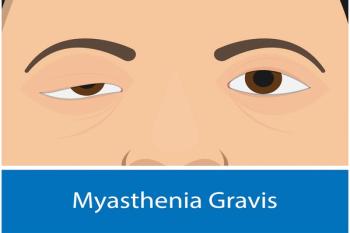
How Do You Manage Care in Cystic Fibrosis Patients?
Till Kalydeco was approved, cystic fibrosis patients primarily received only disease management support to extend their lives.
The Cystic Fibrosis Foundation (CFF) has been a pioneer and a tremendous support in helping patients with the disease manage their condition. Cystic fibrosis (CF), which until recently had no treatment, is chracterized by the accumulation of sticky mucus within the lungs and digestive organs, resulting in breathing difficulties and weight loss. The disease, a result of mutations in the cystic fibrosis transmembrane conductance regulator (CFTR) gene, is estimated to affect nearly 30,000 children and adults in the United States. The mutated CFTR gene product is a defective calcium channel, which disrupts salt transport across cellular membranes and produces the characteristic mucu which clogs airways and ducts.
Till Kalydeco, developed by Vertex Pharmaceuticals to target a specific G551D mutation in the CFTR gene, was
A majority of the credit for longevity of CF patients today can be attributed to the multiple support clinics established by CFF. Additionally, Vertex received nearly $150 million from CFF over the past 20 years for it's R&D efforts in CF. The efforts have paid off and fit very well in President Obama's plans for personalized therapy—Orkambi, another Vertex product targeted for patients with 2-copies of F508del mutation in CFTR was
However, these life-saving drugs are not cheap. Kalydeco is priced at $300,000 and Orkambi at $250,000, per patient per year, before discounts. Vertex has discount schemes for patients who cannot afford high out-of-pocket costs, and several insurance companies cover Kalydeco, the price debate has continued. A
The challenge though is patient access and the "value" of treatment. How much should a life-extending treatment cost for patients with an orphan disease? While roughly 2000 patients qualify to receive Kalydeco in the United States, Orkambi is suitable for about 8500.
Read more on
Newsletter
Stay ahead of policy, cost, and value—subscribe to AJMC for expert insights at the intersection of clinical care and health economics.













































